The Rise and Fall of Theranos: The Speed of Some Innovation Fools Us
by John Aquino on 05/24/18The rise and fall of the medical testing company known as Theranos was recently detailed on the CBS news television show 60 Minutes. The Wall Street Journal broke the story that started the fall in 2015. I covered some of it for Bloomberg Law. The question is being asked, how did an inexperienced CEO convince investors and scientists that her one-prick-of-the finger blood test worked? I can give my own answer from my perspective and experience.
I remember covering remarks about women and innovation by Michelle K. Lee, then-director of the Patent and Trademark Office (PTO), and she heralded the work of Elizabeth Holmes, founder and CEO of Theranos. The company was valued at $9 billion. In October 2015, the WSJ's John Carreyrou began a series of articles suggesting that the Theranos test didn't work and the company had been misleading its investors, its blue-ribbon board of directors, and physicians and medical researchers. His sources included former Theranos executives. (Carreyrou has just published a book on his investigation, Bad Blood: Secrets and Lies in a Silicon Valley Startup.)
In April 2016, Theranos announced that the Center for Medicare and Medicaid (CMS) had sent it a letter detailing proposed sanctions. I was assigned the story, which meant locating the letter, which the CMS hadn't released, nor had Theranos. I quickly began calling attorneys in my contact file for both comments and their advice on how to locate the letter. I was amazed to find that the letter had been circulating among a select group of patent attorneys, and I obtained a redacted copy in a relatively short period of time. My story can be found at https://www.bna.com/theranos-faces-cms-n57982069961/ , in which I referred back to PTO Director Lee's tribute to Holmes. The CMS did impose sanctions against Theranos, the Securities and Exchange Commission did charge it with fraud. Once valued at $9 billion, the current value has been estimated at next to nothing.
How did the company reach such heights with a test that didn't work? The world has experienced incredible changes in just the past two decades. Cell phones, smart phones that can access the Internet, watches that can measure heart rates. In medicine, the mapping of the human genome has made possible treatments for cancers and other diseases that were the stuff of fantasy not too long ago. Other things have not changed. I remember writing articles about the garbage industry for a magazine I worked for and talking to professors about the future of the industry. I mentioned to these futurists that solid waste companies no longer kept track of their routes by clipboards but monitored them by computers. And yet trash was and is still being picked up by garbage trucks, just as it was when my grandparents were alive. I mentioned that in 1939 as part of the World's Fair in New York City futurists unveiled their predictions for what the world would be like by 1960, which included flying cars that still haven't happened. In science fiction films made in the 1960s, they showed a future with computers that filled rooms rather than those that fit in your hand.
The futurists I spoke to said that innovations proceed at different rates. Transportation is on a slower track. There was a burst of innovation in this area in the 19th century. But people get around in 2018 by trains, planes, automobiles and railroads, just as they did in 1918. And in the medical field, the world of Theranos, the pace of innovations has been uneven. While the mapping of the human genome in 2003 has led to great medical discoveries, it hasn't produced as many as were predicted at the time. In 2009, medical researchers were predicting that synthetic biology--defined as the design and construction of new biological entities or the redesign of existing biological systems using the principles of engineering--would revolutionize medical science. Ten years later, scientists acknowledge that, while synthetic biology has been successful in the creation of new fuels and plants, human biology has proved to be tricky.
One of the reasons why people were fooled by Theranos is that the great innovations that we have experienced have led us to think that all innovation is easy. We have grown to expect rapid changes and are eager to believe that anything is possible, even if the change is described by a very convincing, if inexperienced, presenter who has no scientific evidence. A lot is possible, maybe even a one-prick-of-the-finger blood test. But it will move from the impossible to the possible at its own pace. We must be patient and a tad skeptical.
Copyright 2018 by John T. Aquino
Comments (0)


